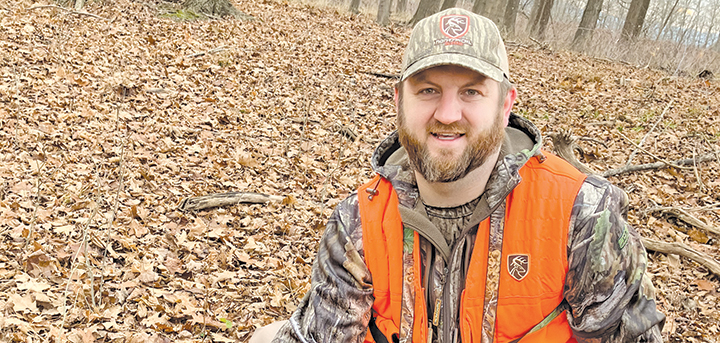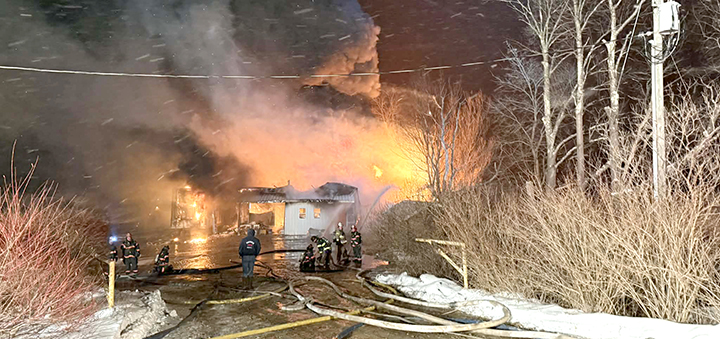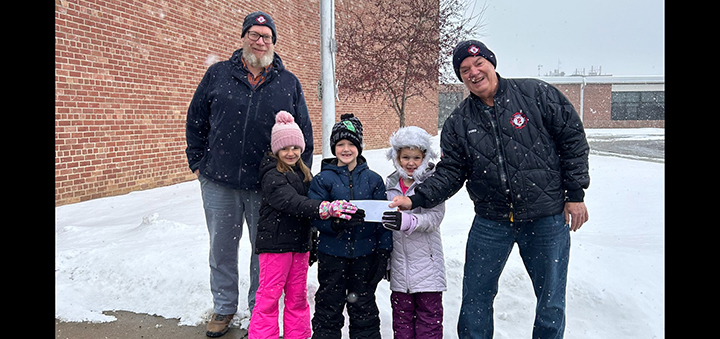Outdoor Chenango: Late season duck hunting
While I haven’t spent as much time in recent years chasing greenheads due to my increasing affinity to deer hunt with my bow, I still find myself drawn to the late season.
I would largely guess that it is because once all the deer seasons are finally over, the late duck season is about all that is left before the long wait for turkey season. The downside to waiting this long before starting to hunt ducks, is that the ducks have been hunted for a few months and getting them within shooting range can prove difficult.
Just like with almost every other type of hunting when it gets cold out, comfort and food are key for successful duck hunts. Finding the spots where ducks go to get out of the wind or high waves to conserve energy can lead to a stellar hunt. You can look at aerial maps and see where rivers make oxbows or where a point juts out into a lake. Make your setup on the downriver or downwind side of these breaks. I like to have a mix of decoys in the water and up on shore to give added realism of ducks that have gone up on land to rest or sleep. A mix of species of decoys can also help. Black ducks are very wary ducks so black duck decoys can give approaching birds confidence that it’s safe to come in.
The same goes for Canada geese. Goose decoys give added eye appeal from a distance. This can be a deadly tactic when both duck and goose season are open so you can shoot either should they come into the spread. I like to give the incoming birds a good amount of space to land so I will leave a large void in the decoys and put a spinning wing decoy on the edge of the void. Be prepared to stay for a long time as these locations can be productive all day. The ducks will seem to come in waves as they are heading to feed and coming back from feeding.
Finding where the birds are feeding can be a daunting task that requires a lot of time driving around and checking fields. Trying to see ducks in a field can be difficult based on their size. If there is a lot of snow on the ground, look at fields close to water bodies because the heat from the water body usually lessens the amount of snow on surrounding fields. Corn is the king in late season.
Fields that are picked with a combine instead of cut will have more “waste” corn hanging around and attract the birds. If you see geese using a field, stop and scan with binoculars or a spotting scope to see if there are any ducks mixed in with the geese. Just like on water, a mix of goose and duck decoys can give the added eye appeal especially in large fields. Spinning wing decoys will also draw ducks from a distance. Put them right at the distance where you want to shoot the ducks because they will try to land right where the spinning decoys are.
If there are some larger open bodies of water, or if you want to travel out to the Finger Lakes, you can get into the diving species of ducks in you are lucky. These ducks do almost everything in big flocks. To mimic this with a decoy spread of long lines leading to a large pod.
The approaching ducks will come right up the line of the long line then try to land in the pod of decoys at the end of the line. When a flock of 30-plus birds comes right into the decoys, remember to pick out one bird to aim at and resist the urge to flock shoot. With some species of duck, the limit is only one to two per person so you must be careful not to shoot more than that.








Comments